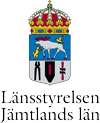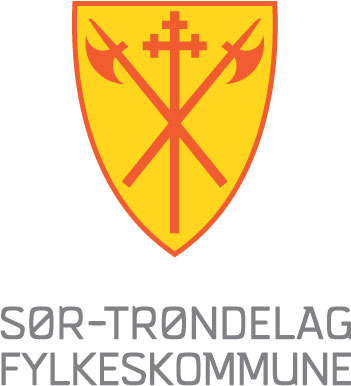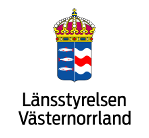The idea for a simulator for crisis training – netAgora – was developed the Fall of 2008 in cooperation with colleagues in Slovenia and Greece. Here are some results of the Social Network Analysis (in English): http://netgss.org/GSS_stat/2013/eng/SNN_graph_request.php
The main components in netAgora are:
The Virtual Situation Room (VSR) is the interaction surface toward the user. Through this surface (GUI) the user has access to all the other resources of netAgora. VSR may be freely adopted to meet the specific requirements of different user categories. There is no theoretical limit to the number of users that may simultaneously be connected to netAgora.
The Virtual Responder (VR) is a system component, which simulate the behaviour of other responders. From the point of view of the player there is no difference between a virtual actor and a real actor. This means that in netAgora there are always several actors, real or virtual ones, which you as user have to coordinate and communicate with.
The Disaster Simulator (DS) is the core of netAgora. DS can calculate (simulate) the dynamic evolution of a set of crucial disaster variables and react on different user decisions and actions. The ability to handle geographical or spatial information (GIS) is a crucial faculty of the Disaster simulator. The user can select a scenario, i.e. disaster, from the Scenario Bank (SB) or set up a new one, or change an existing one, with help of the Scenario Editor/Generator (SEG). The Assessment Kit (AK) helps the user to evaluate the decisions and actions taken during the playing of a scenario.
Experiences and Lessons Learned (ELL), at last, is a knowledge bank with tested and verified disaster and crisis knowledge. Via the Meeting and Cooperation Support (MSC) the user can interact and discuss with other disaster responders and via the Expert Panel (EP) she or he can put disaster related questions to a group of disaster experts and disaster researchers.






